China on the European Operatic Stage
The Enlightenment's fascination with Chinese culture extended to the operatic stage. Scores, libretti, scenery, and costumes of the European stage were littered with exoticist symbols. While often taking their cue from scholarly accounts, these operatic chinoiseries – pentatonic scales, fanciful costumes, bells and gongs – stereotyped, reduced, and simplified the complexities of Chinese musical culture to reach European audiences.
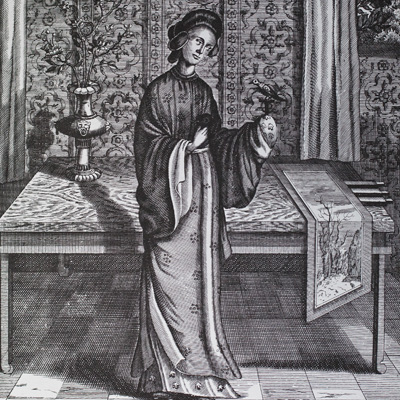 |
 |
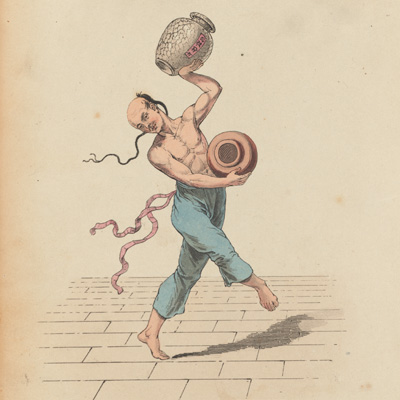 |
 |
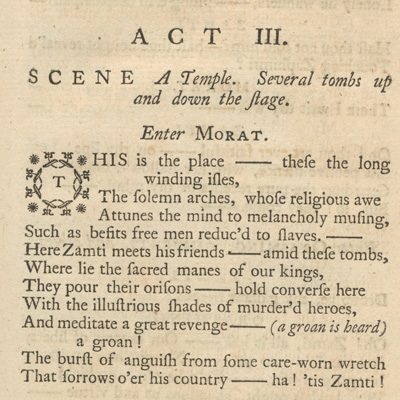 |
| China illustrataAthanasius KircherAmsterdam 1667(more) |  |
Costume Designs of Chinese FiguresHarvard Theatre CollectionBinney Collection 32 & 36(more) |  |
The Orphan of ChinaArthur MurphyLondon, 1759(more) |
While China often served as a backdrop for exotic entertainments, Chinese topics were also employed in a way that connected them to relevant issues in Europe. Several of these operas depicted Enlightenment ideals of overcoming selfish human desires to achieve a higher purpose. Monarchs in particular were depicted as virtuous and faithful to the highest moral principles. Like Enlightenment philosophers, European composers and librettists often held up Chinese society as an alternative model for the west, focusing their own critiques of European society around this idealized perspective.
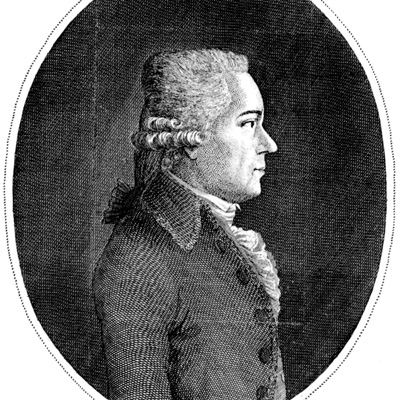 |
 |
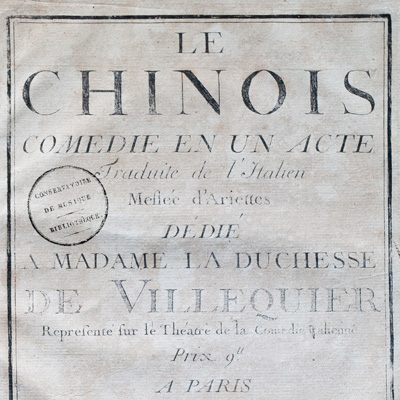 |
 |
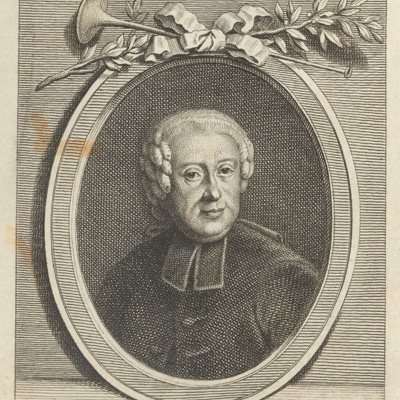 |
| Lebensbeschreibung seinem Sohnein die Feder diktiertKarl Ditters von Dittersdorf1801 (facs. Regensburg, 1940)(more) |  |
Les ChinoisGiuseppe SellittoParis, 1759(more) |  |
OperePietro MetastasioFlorence, 1814(more) |
